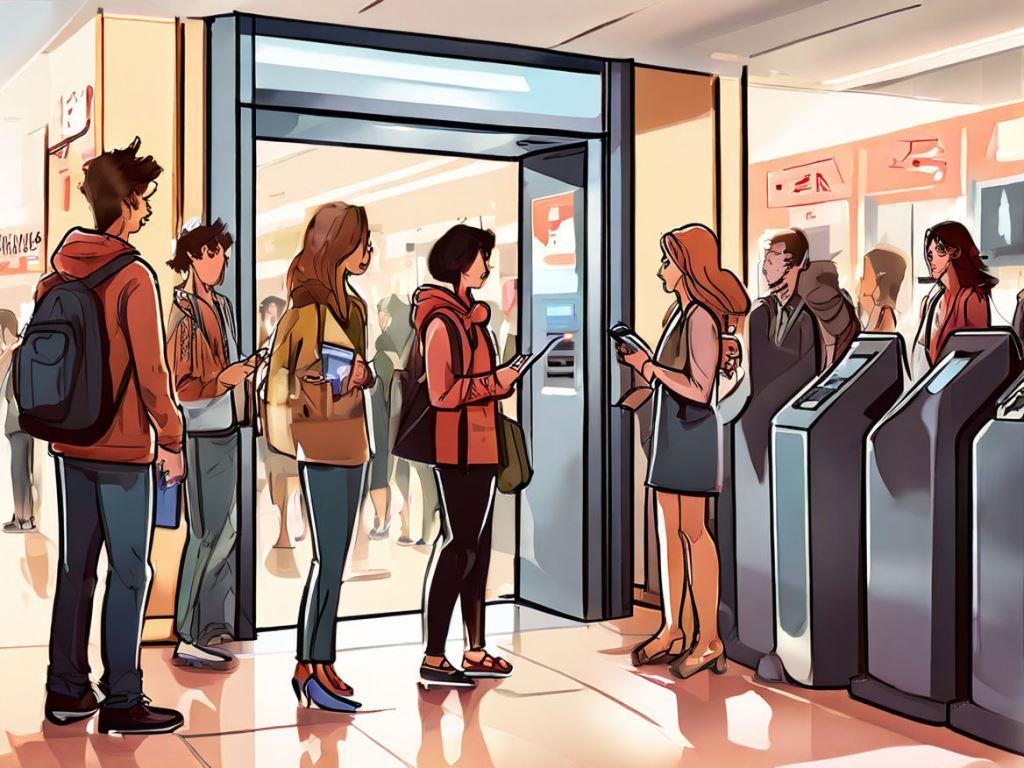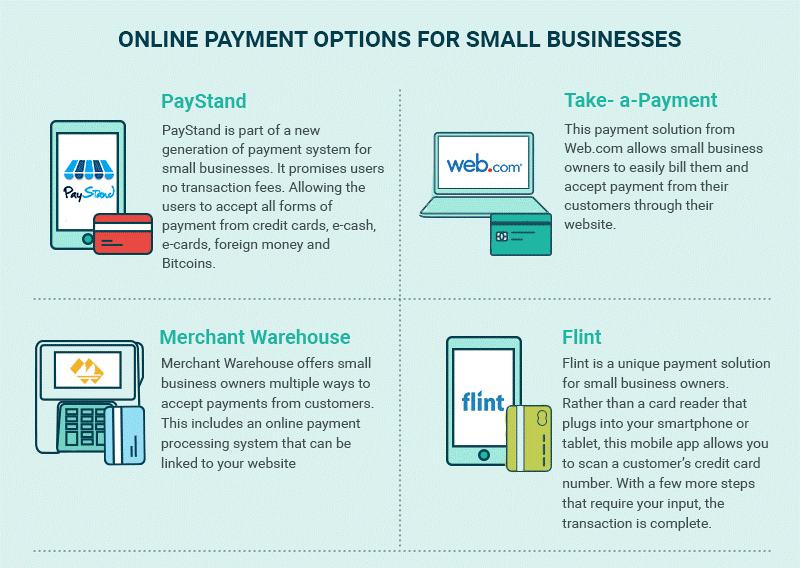In an era dominated by digital transactions and online interactions, ensuring the security of customer onboarding processes has become paramount for businesses.
The initial stages of engaging with a new customer are critical, and safeguarding sensitive information is essential to build trust and protect both the customer and the business.
Here are 10 ways businesses can enhance security during customer onboarding:
10 Tips for Businesses to Enhance Security
1. Implement Multi-Factor Authentication (MFA)
Multi-factor authentication adds an extra layer of security by requiring users to provide multiple forms of identification before accessing an account. This can include something the user knows (password), something they have (a mobile device), or something they are (biometrics).
2. Utilize Document Verification Services
Integrate document verification services that enable the validation of government-issued IDs or other relevant documents. This helps in preventing identity theft and ensures that the person onboarding is who they claim to be.
3. Conduct Background Checks
Performing comprehensive background checks on customers can be crucial, especially in industries such as finance or healthcare. This helps in verifying the authenticity of the provided information and reduces the risk of potential fraud.
4. Educate Customers on Security Practices
Provide clear and concise information to customers about security best practices during onboarding. This includes creating strong passwords, recognizing phishing attempts, and understanding the importance of keeping personal information confidential.
5. Regularly Update Security Protocols
Stay proactive by consistently updating security protocols and software. Regularly patching vulnerabilities and staying abreast of the latest cybersecurity threats can help in safeguarding customer data effectively.
6. Encrypt Sensitive Data
Implement end-to-end encryption for sensitive customer information. This ensures that even if data is intercepted, it remains unreadable and secure. Encryption is a fundamental aspect of data protection.
7. Monitor User Behavior
Utilize advanced analytics and monitoring tools to detect unusual user behavior. By establishing baseline behavior patterns, businesses can quickly identify and respond to any abnormal activities that may indicate a security threat.
8. Create Customized Access Controls
Implement role-based access controls to restrict access to sensitive information based on job responsibilities. This ensures that employees have the necessary access to perform their duties without exposing the entire system to potential security risks.
9. Regularly Train Employees
Human error is a common factor in security breaches. Regularly train employees on security protocols, phishing awareness, and the latest cybersecurity threats. An educated workforce is better equipped to contribute to overall security.
10. Implement Secure Communication Channels
Ensure that communication channels during customer onboarding are secure. This includes encrypted email services, secure messaging apps, and other protected channels to exchange sensitive information.
Importance of Customer Verification for Businesses
Customer verification is the foundation of a secure and trustworthy relationship between businesses and their clientele.
In an era marked by increasing digital transactions and the prevalence of online services, the significance of robust customer verification processes cannot be overstated.
Here’s why it holds paramount importance for businesses:
1. Prevents Identity Theft and Fraud
One of the primary reasons for implementing rigorous customer verification is the prevention of identity theft and fraudulent activities. Verifying the identity of customers helps ensure that the person engaging with a business is indeed who they claim to be, mitigating the risk of unauthorized access and potential misuse of sensitive information.
2. Helps in Complying with Regulations
Various industries are subject to strict regulations regarding customer data and privacy. Implementing thorough customer verification processes is often a legal requirement. Adhering to these regulations not only avoids legal repercussions but also demonstrates a commitment to ethical business practices.
3. Building Trust and Credibility
A robust customer verification system is instrumental in building trust and credibility. When customers know that a business takes their security seriously, they are more likely to feel confident in sharing personal information. This trust is a valuable asset for businesses aiming to establish long-term relationships with their customer base.
4. Reduces Financial Risks
Businesses, especially those in the financial sector, face significant financial risks in the absence of effective customer verification. Verifying the identity of customers helps mitigate the risk of financial fraud, including unauthorized transactions, false claims, and other monetary losses.
5. Enhancing Overall Security Posture
Customer verification is an integral part of a comprehensive cybersecurity strategy. By ensuring that only authorized individuals access sensitive data and services, businesses can significantly enhance their overall security posture. This proactive approach safeguards against data breaches and cyberattacks.
Conclusion:
Enhancing security during customer onboarding is a continuous process that requires a multi-faceted approach. By adopting a combination of technological solutions, employee training, and customer education, businesses can build a robust security framework that protects both the organization and its customers.
Prioritizing security not only mitigates the risks of data breaches and fraud but also fosters trust and confidence in the long-term relationship between businesses and their customers.
The article contains the opinions of the author who is presumed to be an industry insider. The Local Brand® does not endorse any advice, services or products suggested.















